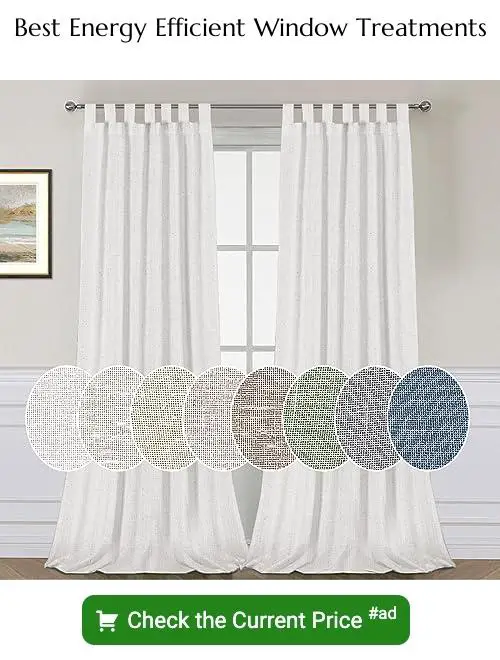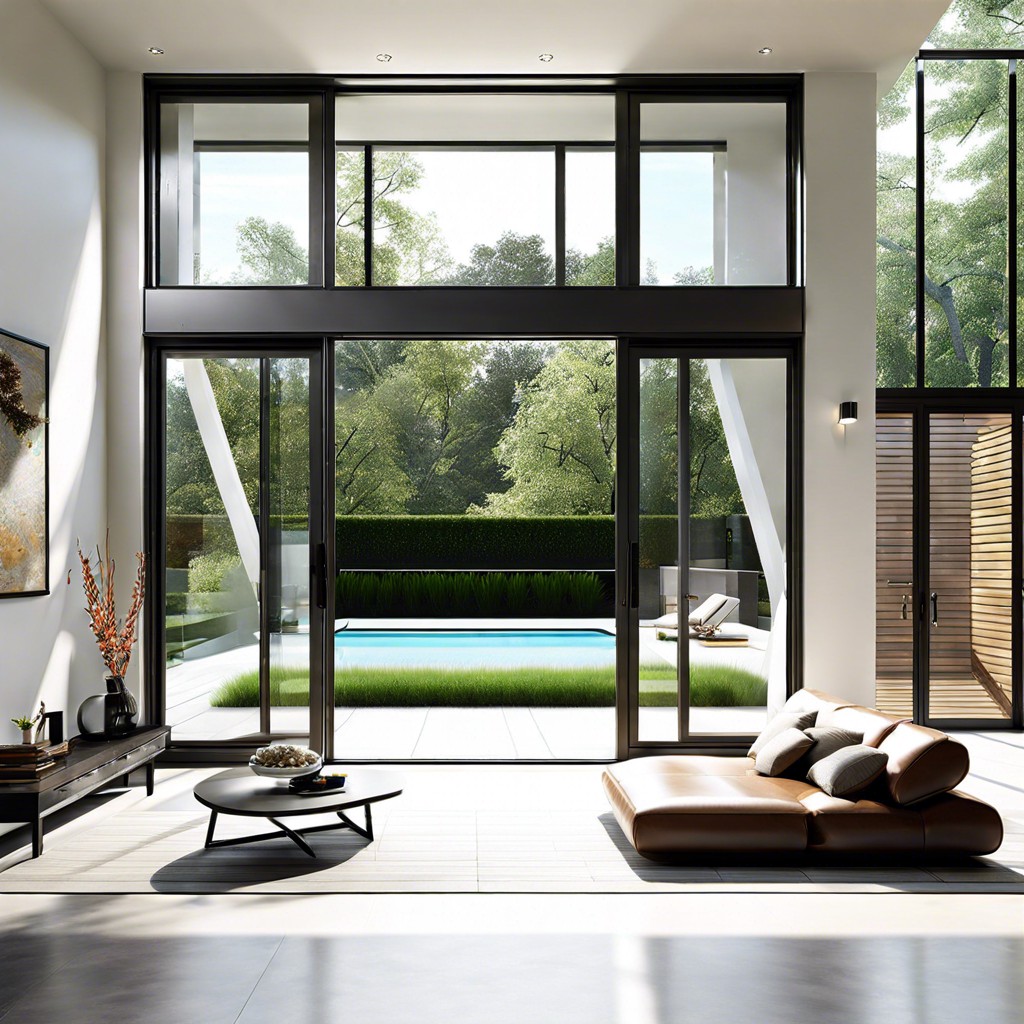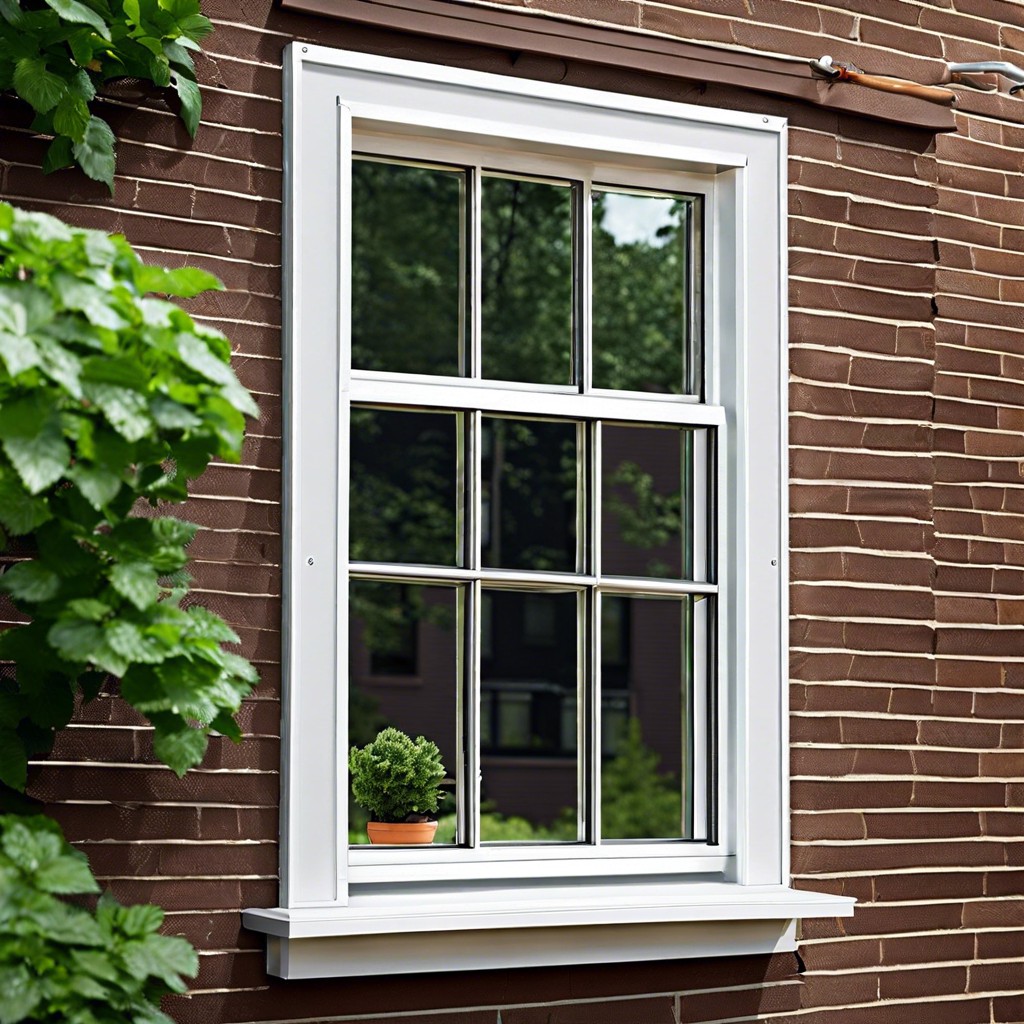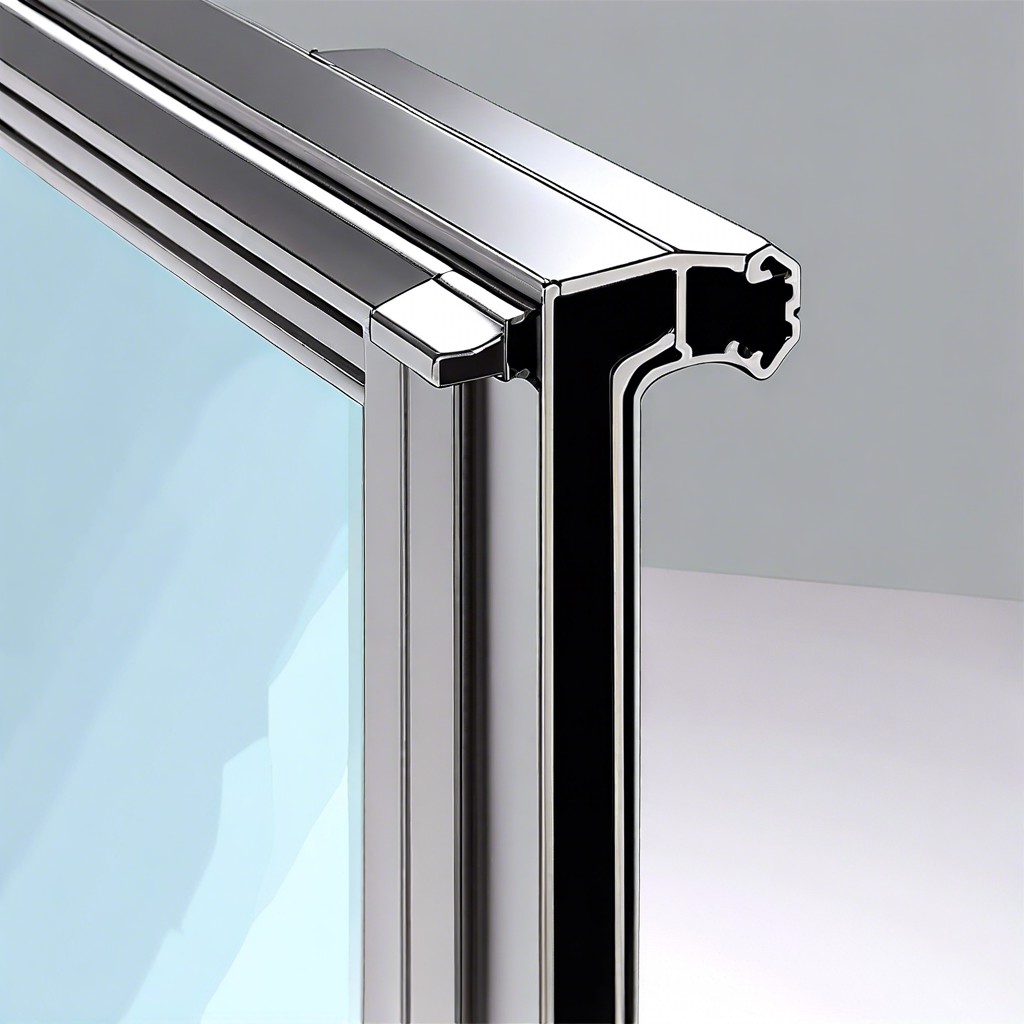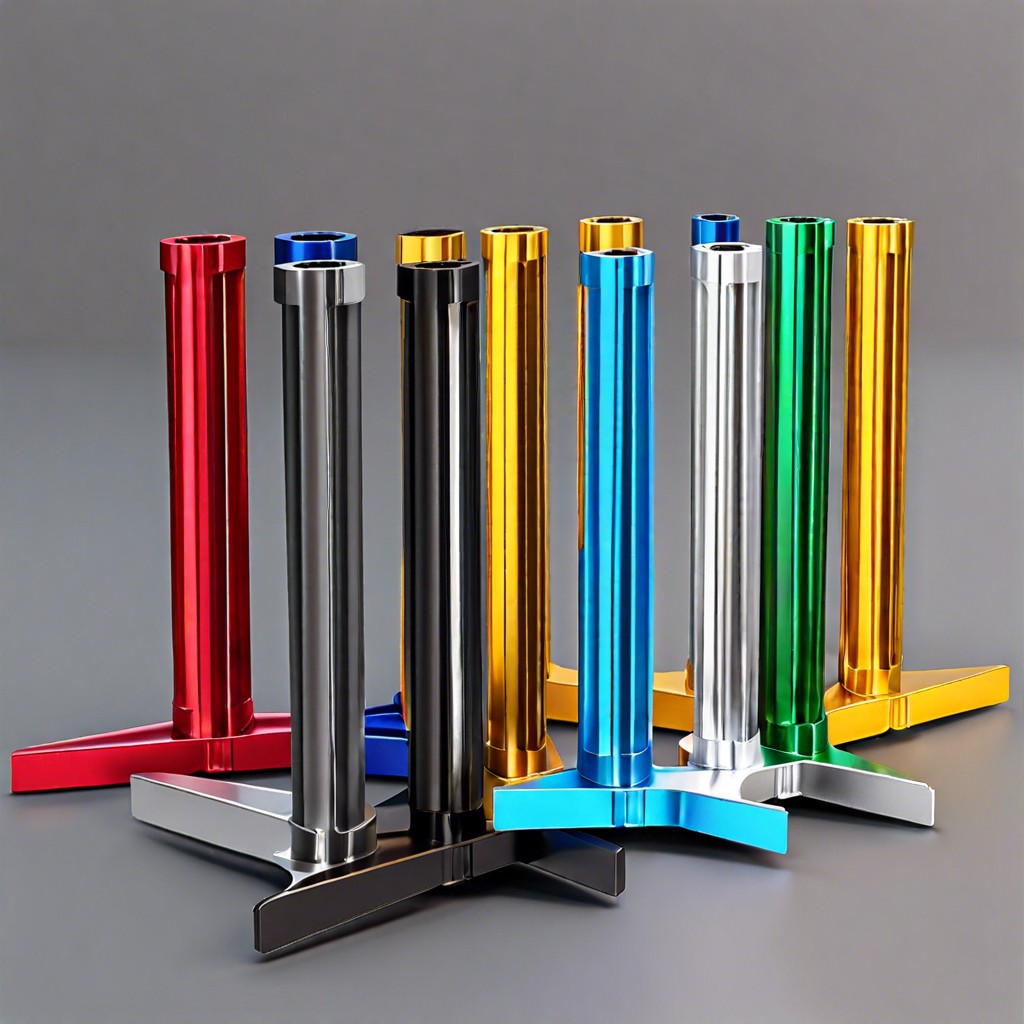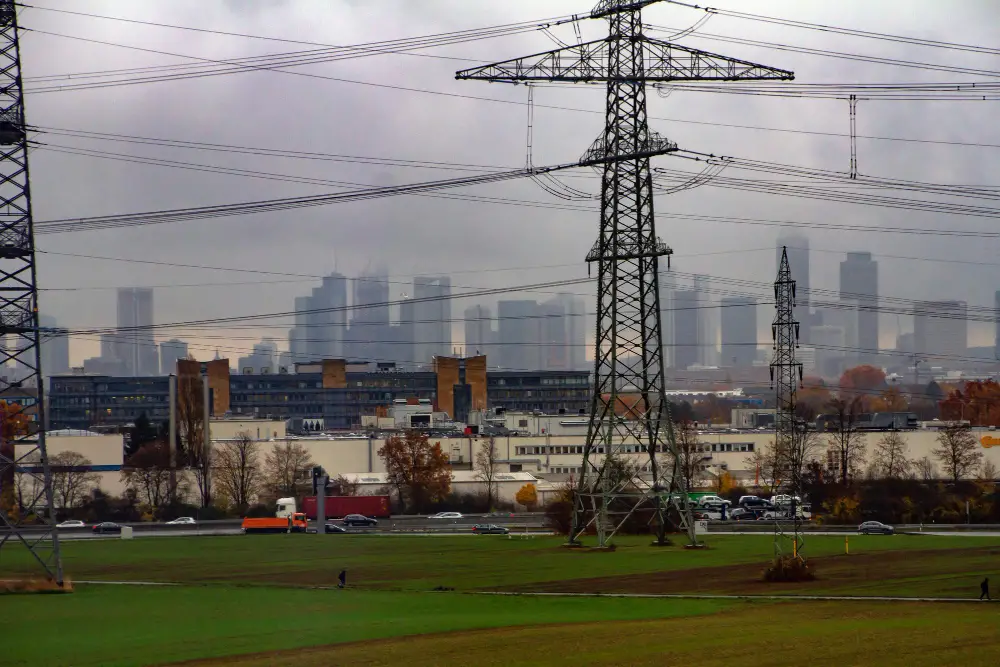Maximizing energy efficiency in your home starts with strategic window orientation, and here’s how you can position yourself for success!
Why do people keep the curtains drawn during the day when the sun is shining so brightly outside?
The orientation of windows in a house can have a significant impact on its overall energy efficiency.
In this blog post, we’ll explore how window orientation affects energy efficiency and how you can position your windows for success.
Whether you’re building a new home or looking to upgrade your current ones’ windows, this is one topic you won’t want to miss!
Window Orientation Basics
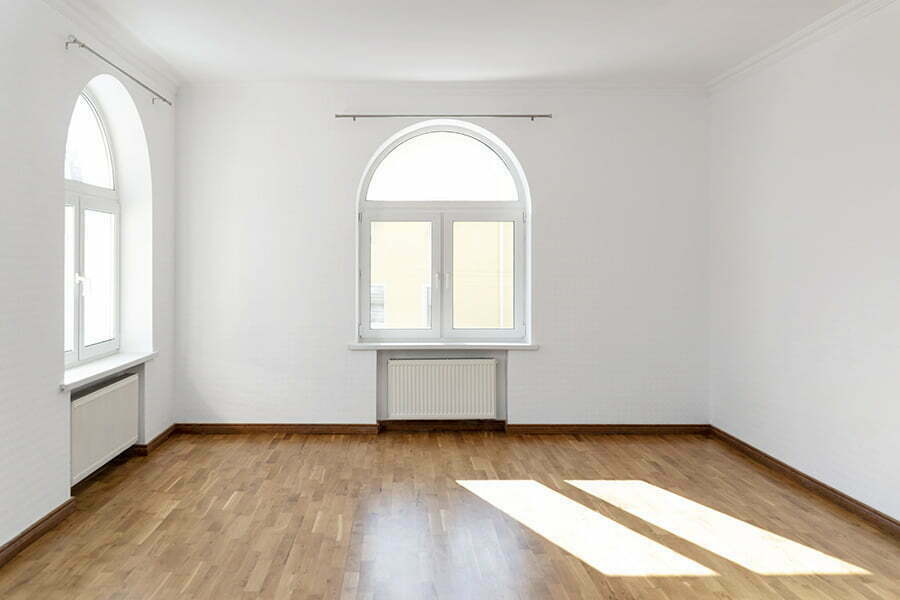
When it comes to window orientation, there are a few basic principles to keep in mind. The direction your windows face can have a significant impact on the amount of sunlight and heat that enters your home.
North-facing windows receive the least amount of direct sunlight, while south-facing windows receive the most.
Controlling the amount of sunlight entering your home is crucial for regulating temperature and saving on energy costs. East-facing windows allow morning sun into your home but can make rooms too warm during hot summer afternoons.
West-facing windows get afternoon sun which can be intense and cause glare.
The positioning of each room in relation to its orientation also plays an important role in energy efficiency. For example, bedrooms should ideally face east or north so they don’t overheat during summer mornings or evenings when you’re trying to sleep comfortably.
By understanding these basics about window orientation, you’ll be better equipped to position them for success – keeping temperatures comfortable year-round while reducing energy bills at the same time!
Solar Heat Gain
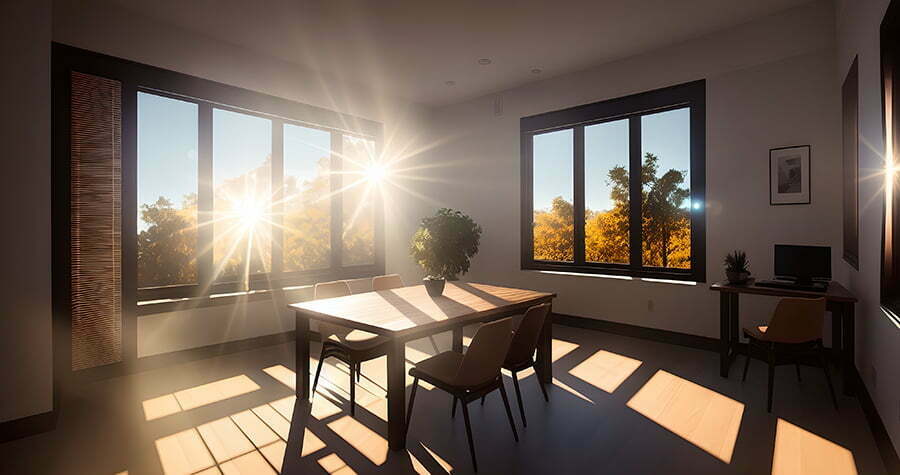
One of the most significant factors to consider when positioning your windows for energy efficiency is solar heat gain. Solar heat gain refers to the amount of sunlight that enters a room and heats it up.
While natural light can be beneficial, too much direct sunlight can cause discomfort and increase cooling costs during hot summer months.
When designing or upgrading your windows, it’s essential to consider how much sun exposure each window will receive throughout the day.
East-facing windows will receive morning sun but remain shaded in the afternoon; west-facing windows will have afternoon sun but remain shaded in the morning; north-facing windows typically have little direct sunlight exposure.
By strategically placing your high-performance glass or shading devices such as awnings or blinds on specific sides of your house based on its orientation towards true north (not magnetic), you’ll be able to control solar heat gain effectively while still enjoying natural light inside!
Passive Solar Design
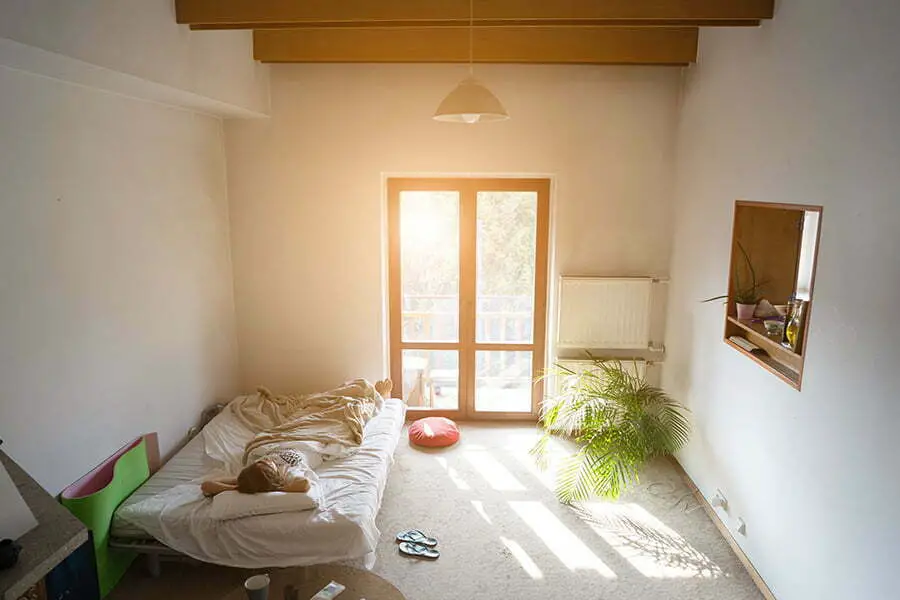
One of the most effective ways to position your windows for energy efficiency is through passive solar design. This approach involves strategically placing windows and other building components to take advantage of natural sunlight and heat, reducing the need for artificial lighting and heating.
In my grandparents’ home, they had large south-facing windows that allowed ample sunlight into their living room during winter months. The sun’s rays would warm up the space naturally, reducing their reliance on electric heaters.
However, during summer months when temperatures rose significantly in our region, they would draw curtains or blinds over those same south-facing windows to prevent overheating.
Passive solar design takes into account factors such as window size and placement relative to cardinal directions (north-south-east-west), shading devices like awnings or trees that can block direct sunlight at certain times of day/year while still allowing indirect light in through diffused reflections off nearby surfaces like walls/floors/ceilings etc., thermal mass materials used within walls/floors/ceilings which absorb heat from sun exposure then release it slowly back out later when needed (e.g., concrete floors).
By considering these elements together with a home’s overall layout/design goals/preferences homeowners can create an energy-efficient environment tailored specifically towards their needs!
Glazing Types and Efficiency
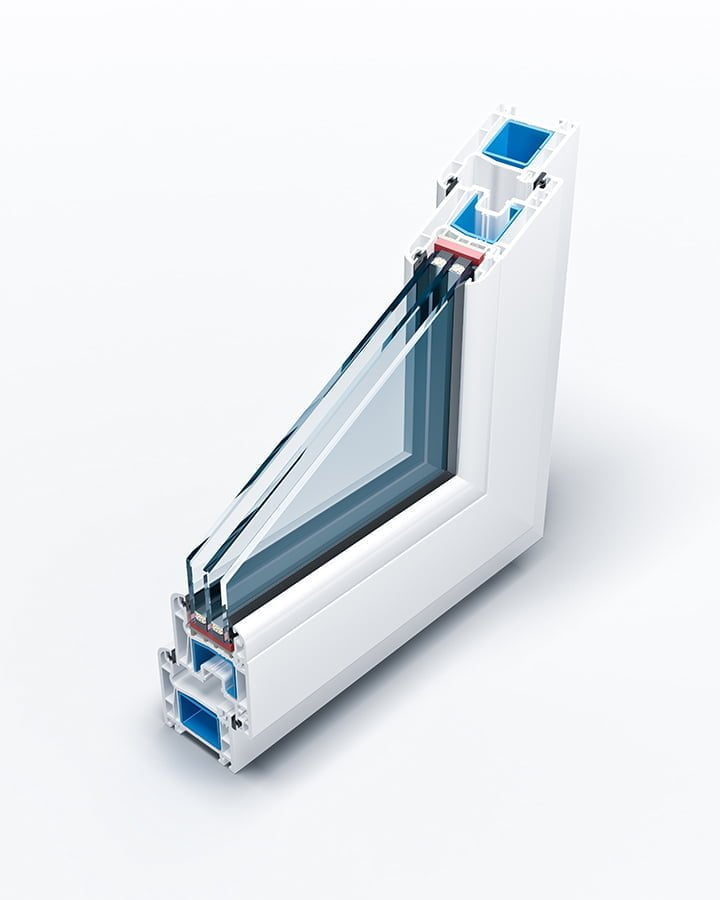
Now that we understand the importance of window orientation, let’s dive into another crucial aspect of energy-efficient windows: glazing types. Glazing refers to the glass used in a window and can significantly impact its overall efficiency.
As I continued my journey into the world of house windows, I discovered that not all glazing is created equal. Single-pane windows are less efficient than double or triple-pane options because they allow more heat transfer between inside and outside temperatures.
However, it’s not just about adding more panes; there are also different types of coatings available for each pane. Low-emissivity (Low-E) coatings help reduce heat loss by reflecting radiant heat back into your home during colder months while keeping unwanted solar radiation out during warmer months.
Another option is gas-filled panes such as argon or krypton gas which provide better insulation than air-filled ones due to their higher density and lower thermal conductivity.
By choosing an appropriate glazing type for your climate zone and desired level of energy efficiency, you can further optimize your window performance beyond just orientation alone.
Thermal Insulation
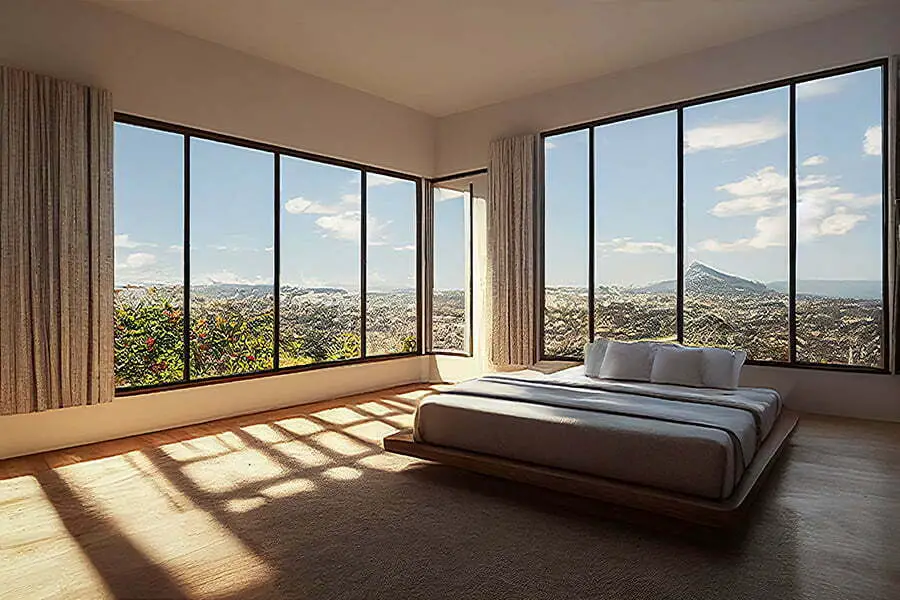
The amount of heat that enters or escapes a home through its windows can significantly impact its overall energy consumption. This is where window orientation comes into play.
South-facing windows receive the most sunlight throughout the day, making them ideal for passive solar heating during colder months. However, they can also lead to overheating during summer months if not properly shaded or insulated.
North-facing windows receive less direct sunlight and are better suited for rooms that require consistent temperatures such as bedrooms and offices.
East-facing windows provide ample morning light but may cause glare and heat buildup later in the day without proper shading devices like blinds or curtains.
West-facing windows offer beautiful sunset views but are prone to afternoon sun exposure leading to increased cooling costs during hot weather conditions.
By understanding how each window’s orientation affects your home’s temperature regulation needs, you can position your house’s different types of glass panes accordingly for maximum energy efficiency while still enjoying natural light sources all year round!
Daylighting Strategies
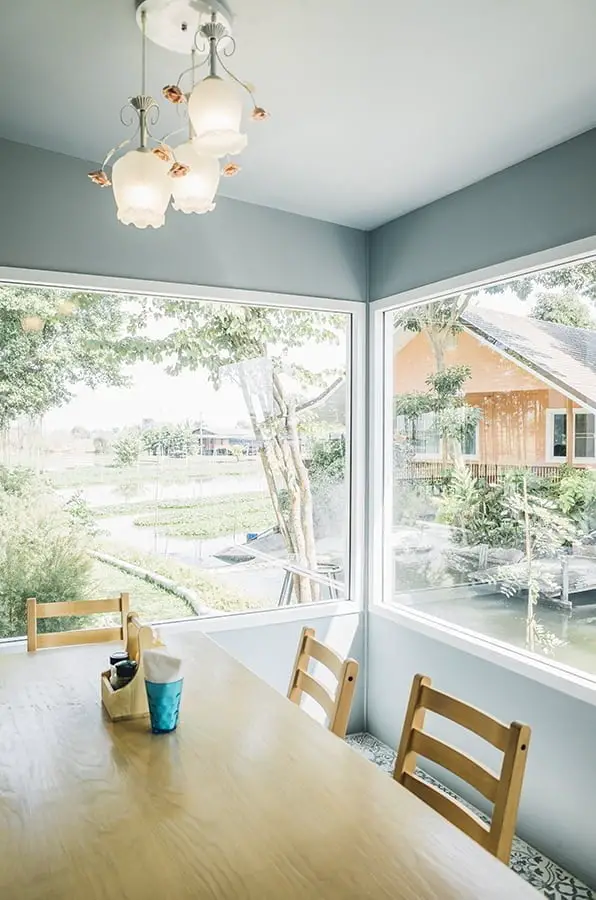
One of the most effective daylighting strategies is to position windows on the south-facing side of a house. This allows for maximum sunlight exposure during winter months when the sun is lower in the sky, providing natural warmth and light.
However, it’s important to balance this with shading devices such as curtains or blinds that can be closed during summer months when direct sunlight can cause overheating.
My grandparents’ home was situated on a hill facing south, which made it an ideal location for maximizing daylighting strategies. They had large windows that allowed plenty of natural light into their living spaces while also being able to control how much heat entered their home by adjusting their window coverings accordingly.
When considering window orientation and energy efficiency in your own home, think about where you spend most of your time throughout the day and how you can maximize natural lighting without sacrificing comfort or increasing energy costs. With careful planning and strategic positioning, you too can enjoy all the benefits that come with efficient window placement!
Ventilation Optimization
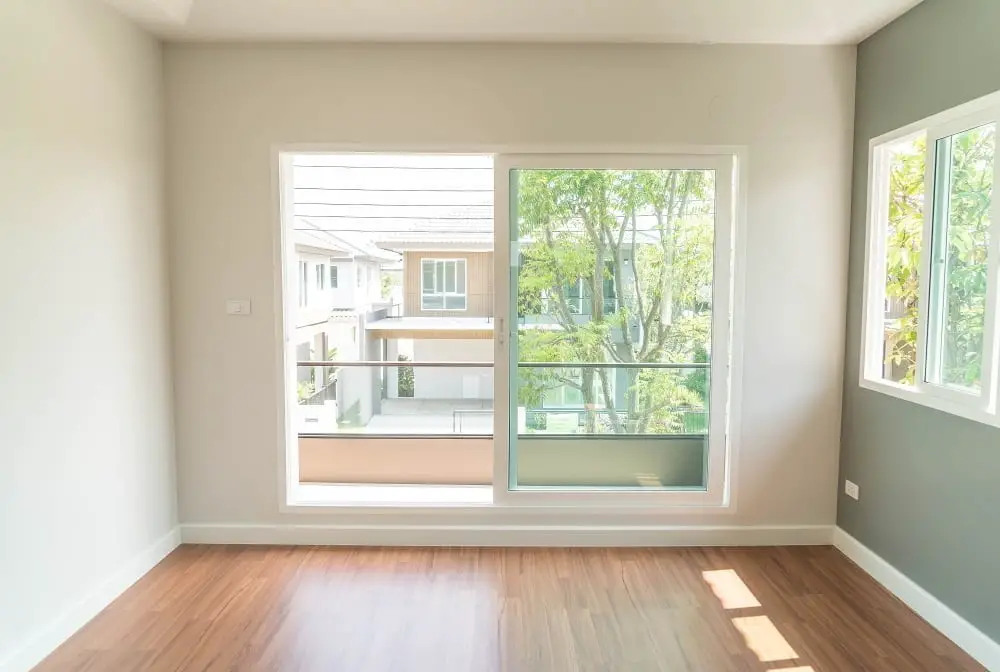
By opening windows strategically, they were able to create a natural breeze that kept their home cool and fresh without relying solely on air conditioning. When it comes to ventilation optimization, the position and size of your windows are crucial factors to consider.
For example, if you live in an area with prevailing winds from a particular direction, placing larger windows on that side can help maximize airflow throughout your home. Choosing operable or adjustable window styles such as casement or awning allows for greater control over how much air enters your space while still maintaining security and privacy.
By taking advantage of natural ventilation through strategic window placement and style selection, you can reduce reliance on mechanical cooling systems which ultimately leads to lower energy bills while promoting sustainability in our environment.
Recap
